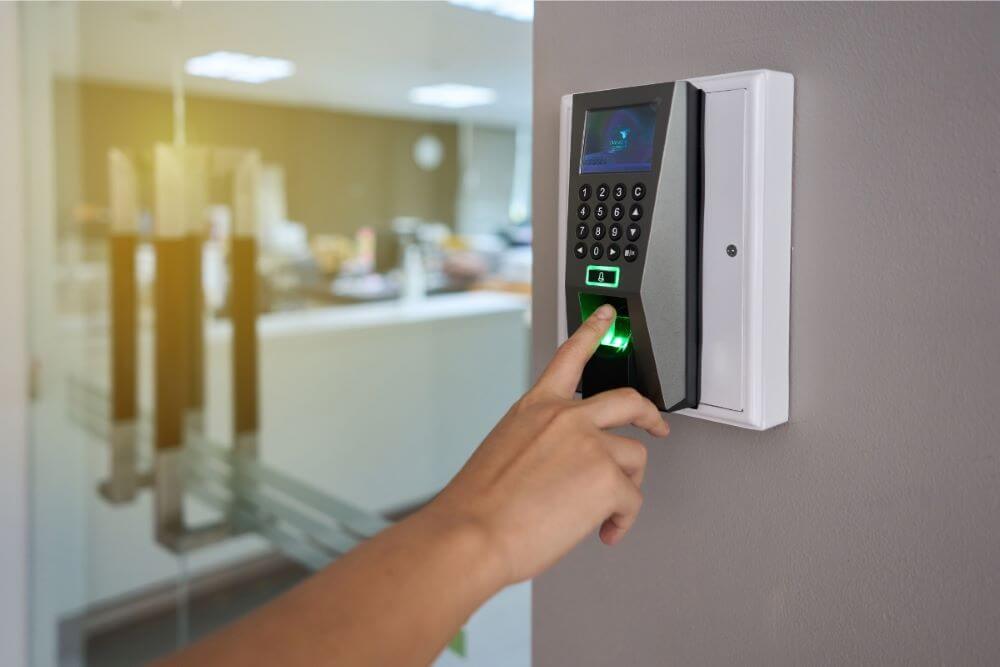In today’s competitive business landscape, organisations constantly seek innovative ways to enhance efficiency and productivity. The evolution of time tracking technology has revolutionised how companies manage their workforce, moving far beyond simple attendance recording. Modern clocking-in systems have emerged as powerful tools that not only monitor employee hours but also provide valuable insights that drive strategic decision-making and foster a positive workplace culture.
The UK’s productivity challenges are well-documented, with recent Office for National Statistics data showing concerning trends compared to other advanced economies. Fortunately, sophisticated time and attendance solutions offer a practical approach to addressing these issues. By implementing these advanced systems, businesses can identify inefficiencies, streamline operations, and create an environment where employees feel valued and motivated.
The Evolution of Time Tracking Technology
Time tracking has undergone a remarkable transformation over the decades. Traditional punch cards and paper timesheets, once the standard for recording employee hours, have given way to sophisticated digital solutions that offer unprecedented accuracy and functionality.
Early mechanical time clocks required employees to physically insert cards that would be stamped with arrival and departure times. While revolutionary for their era, these systems were prone to errors, tampering, and administrative burden. The manual processing of these cards was time-consuming and often resulted in payroll discrepancies.
The digital revolution brought computerised time tracking systems that eliminated many of these issues. These early electronic solutions provided more accurate records and reduced administrative overhead, but still lacked the comprehensive features of today’s advanced platforms.
Modern time and attendance systems represent the culmination of technological advancement in this field. Utilising biometric authentication, mobile applications, cloud computing, and sophisticated analytics, these systems deliver a holistic approach to workforce management that extends far beyond simple time recording.
Enhancing Accuracy and Eliminating Time Theft
One of the most significant advantages of contemporary clocking in solutions is their ability to ensure precise time recording. Traditional methods often resulted in costly errors that impacted payroll accuracy and business finances.
The phenomenon known as “buddy punching,” where one employee clocks in for an absent colleague, costs UK businesses millions annually. Advanced biometric systems effectively eliminate this problem by requiring unique physical identifiers such as fingerprints or facial recognition, ensuring that only the actual employee can register their attendance.
Modern systems also address other forms of time theft, such as employees rounding up their hours or taking extended breaks without recording them. By providing exact timestamps and automated break tracking, these solutions ensure that companies pay only for actual hours worked.
The financial impact of improved accuracy is substantial. Even small discrepancies of a few minutes per employee can accumulate to significant amounts when multiplied across an entire workforce over months and years. By implementing precise time tracking, organisations can realise substantial cost savings while ensuring fair compensation for their staff.
Streamlining Administrative Processes
The administrative burden associated with traditional time tracking methods cannot be overstated. HR personnel and managers often spent countless hours collecting, verifying, and processing time cards or sheets, diverting their attention from more strategic responsibilities.
Modern attendance systems automate these processes, dramatically reducing the time required for administrative tasks. Automatic data collection, validation, and processing eliminate manual entry errors and free up valuable human resources for more productive activities.
Integration with payroll systems represents another significant advantage. By seamlessly transferring accurate time data to payroll software, these systems eliminate duplicate data entry and reduce processing time. This integration ensures employees are paid correctly and on time, enhancing satisfaction and trust.
Additionally, automated exception reporting flags unusual patterns such as missed punches or excessive overtime, allowing managers to address issues promptly rather than discovering them during payroll processing. This proactive approach prevents problems from escalating and maintains operational efficiency.
Identifying Productivity Patterns and Bottlenecks
Contemporary time tracking solutions provide valuable insights into work patterns that were previously difficult to discern. Organisations can identify peak productivity periods, optimal staffing levels, and potential inefficiencies by analysing attendance data.
These systems enable managers to recognise when employees are most productive and schedule critical tasks accordingly. For instance, if data reveals that team performance peaks during morning hours, important projects can be scheduled during this time to maximise output quality.
Bottlenecks in workflows become readily apparent through time tracking analysis. When certain project phases consistently take longer than anticipated, managers can investigate underlying causes and implement targeted improvements. This data-driven approach to process optimisation leads to more efficient operations and faster project completion.
Time tracking data also helps identify excessive overtime, which often signals understaffing or inefficient work distribution. By addressing these issues proactively, organisations can prevent employee burnout while controlling labour costs and maintaining productivity levels.
Fostering Accountability and Transparency
A workplace culture built on accountability and transparency contributes significantly to organisational success. Modern employee clocking systems support this culture by providing clear, objective records of attendance and work hours.
When employees know their time is being tracked accurately, they tend to become more conscious of their work habits. This awareness naturally encourages punctuality and discourages unauthorised absences, creating a more reliable and consistent workforce.
Transparency in time tracking eliminates disputes about hours worked or overtime claimed. With verifiable records accessible to both employees and managers, disagreements about attendance or compensation become rare, fostering trust and reducing workplace conflicts.
For managers, these systems provide real-time visibility into who is present, absent, or running late. This immediate awareness allows for quick adjustments to work schedules or task assignments, ensuring that operations continue smoothly despite unexpected absences or delays.
Supporting Flexible Working Arrangements
The modern workplace has evolved beyond the traditional nine-to-five office environment. Remote work, flexible schedules, and hybrid arrangements have become increasingly common, presenting new challenges for time management.
Advanced time tracking solutions have adapted to these changes, offering mobile applications and cloud-based platforms that allow employees to clock in from anywhere. GPS verification ensures that remote workers are at their designated locations when logging time, maintaining accountability while supporting flexibility.
These systems accommodate various flexible working models, including flexitime, compressed workweeks, and job sharing. By accurately tracking hours across these diverse arrangements, organisations can maintain productivity while offering the work-life balance that today’s employees increasingly demand.
Modern time tracking provides a unified system that works across different time zones and regional requirements for businesses with multiple locations or international operations. This consistency simplifies management while ensuring compliance with local labour regulations.
Conclusion
Modern clocking in systems have transcended their original purpose of simple attendance recording to become powerful tools for enhancing workplace productivity and culture. These systems address many of the challenges facing today’s businesses by providing accurate time tracking, streamlining administrative processes, delivering valuable insights, and supporting flexible work arrangements.

















